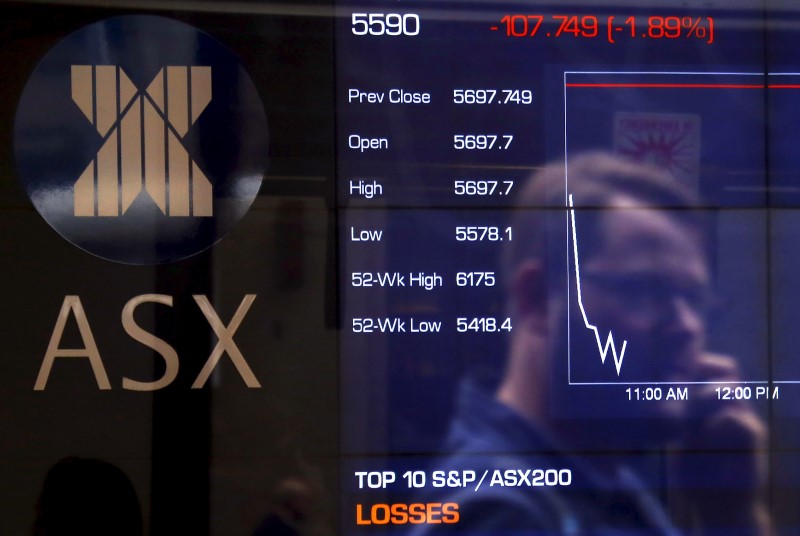Zip Co Ltd (ASX: ASX:ZIP) has wrapped up FY24 on a remarkable high, with its shares surging 256% over the 12 months to 28 June 2024. This stellar performance far outpaced the benchmark S&P/ASX 200 index (ASX: XJO), leaving investors eager to know what the future holds for this buy now, pay later (BNPL) player.
Drivers Behind the Surge
Zip's share price saw impressive performance during the COVID-19 pandemic, reaching an all-time high of AU$12.35 per share in February 2021. However, it subsequently plunged, losing billions in market capitalisation. The selling continued until October 2023 when investors returned to buy the shares at lows of 25.5 cents apiece. Fast forward to today, and Zip shares have rebounded to AU$1.65.
The major driver behind this recent resurgence has been Zip's business transformation under new management. The company shifted from an aggressive growth strategy to a more sustainable, profitable model, which garnered positive sentiment from investors.
The company expects to earn nearly AU$100 million in earnings before interest, tax, depreciation, and amortization (EBITDA) within 18 months.
Additionally, the confidence of investors boosted when Apple Inc.'s (NASDAQ: NASDAQ:AAPL) decided to cancel its BNPL service in the United States, Apple Pay Later. With this development, the competition reduced and it is likely to help Zip increase its market share in the lucrative American market.
Future Outlook for Zip Shares in FY25
Analysts are optimistic about Zip's future. UBS and Ord Minnett both maintain buy ratings for Zip shares, setting price targets of AU$1.55 apiece. According to CommSec, the stock is rated a buy from consensus. Out of the seven firms covering Zip, five rate it a buy, four say it's a hold, and one firm rate it a sell.
To summarise, one key area to monitor is Zip's performance in the US market, where it has shown significant growth. Apple's decision to withdraw from the BNPL race could provide a tailwind for Zip.
In its most recent quarterly results, Zip reported a 14.6% year-on-year increase in transaction volume to AU$2.4 billion despite a 3% rise in active customers to 6 million. US revenues were up more than 49% to US$74.3 million, underscored by a 43% growth in transaction volume there.
